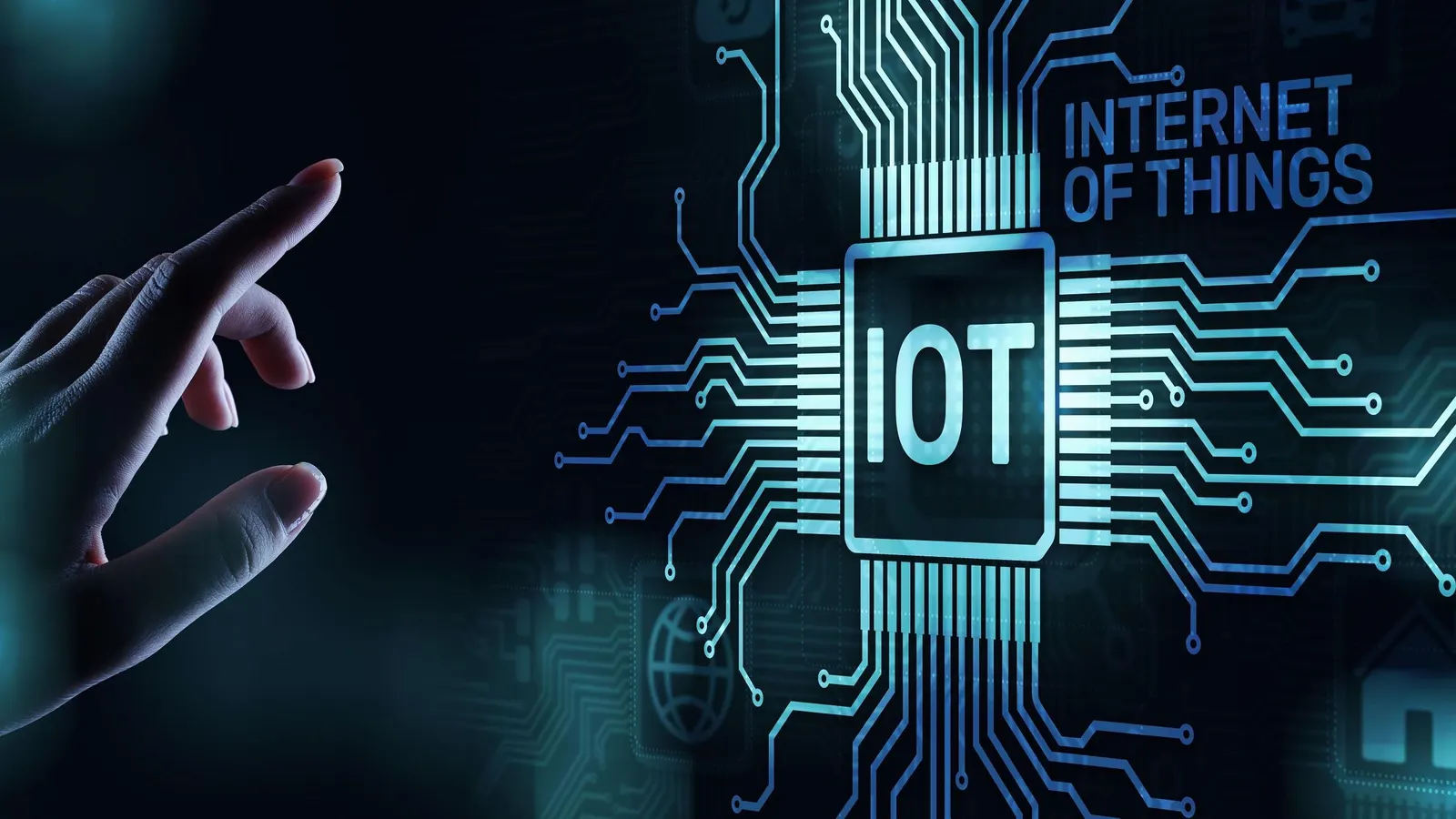The Internet of Things has quietly woven itself into the fabric of our daily lives, creating an invisible battlefield where security often takes a backseat to convenience. From smart home devices and medical equipment to industrial sensors and connected vehicles, billions of IoT devices now form a massive, often poorly protected network that presents an unprecedented attack surface. Unlike traditional computers with robust security systems, many IoT devices lack basic protection measures, making them easy targets for cybercriminals seeking entry points into larger networks or platforms for launching massive attacks.
The scale of this vulnerability became starkly apparent with the Mirai botnet attack, which harnessed hundreds of thousands of compromised IoT devices to launch one of the largest distributed denial-of-service attacks in history. What made Mirai particularly concerning was its simplicity—it primarily targeted devices using default passwords and outdated software, weaknesses that remain prevalent across today's IoT landscape. Since then, the problem has only intensified as device numbers have skyrocketed while security standards have struggled to keep pace with rapid innovation and market pressures.
Medical IoT devices present especially critical vulnerabilities, where security failures can have life-or-death consequences. Researchers have demonstrated the ability to hack into insulin pumps, pacemakers, and patient monitoring systems, revealing how connected healthcare devices can become weapons when compromised. Similarly, industrial IoT systems controlling critical infrastructure—from power grids to water treatment facilities—have become prized targets for ransomware groups and nation-state actors. The convergence of operational technology with traditional IT networks has created new attack vectors that many organizations are ill-prepared to defend against.
Addressing the IoT security crisis requires a collaborative approach across manufacturers, regulators, and consumers. New regulatory frameworks are emerging that establish baseline security requirements for IoT devices, including mandatory unique passwords, regular security updates, and vulnerability disclosure policies. Manufacturers are gradually implementing security-by-design principles, building protection into devices from the initial development phase rather than treating it as an afterthought. For organizations and individuals, basic security hygiene remains essential—changing default credentials, segmenting IoT networks from critical systems, and maintaining firmware updates represent the first line of defense in an increasingly connected world.

